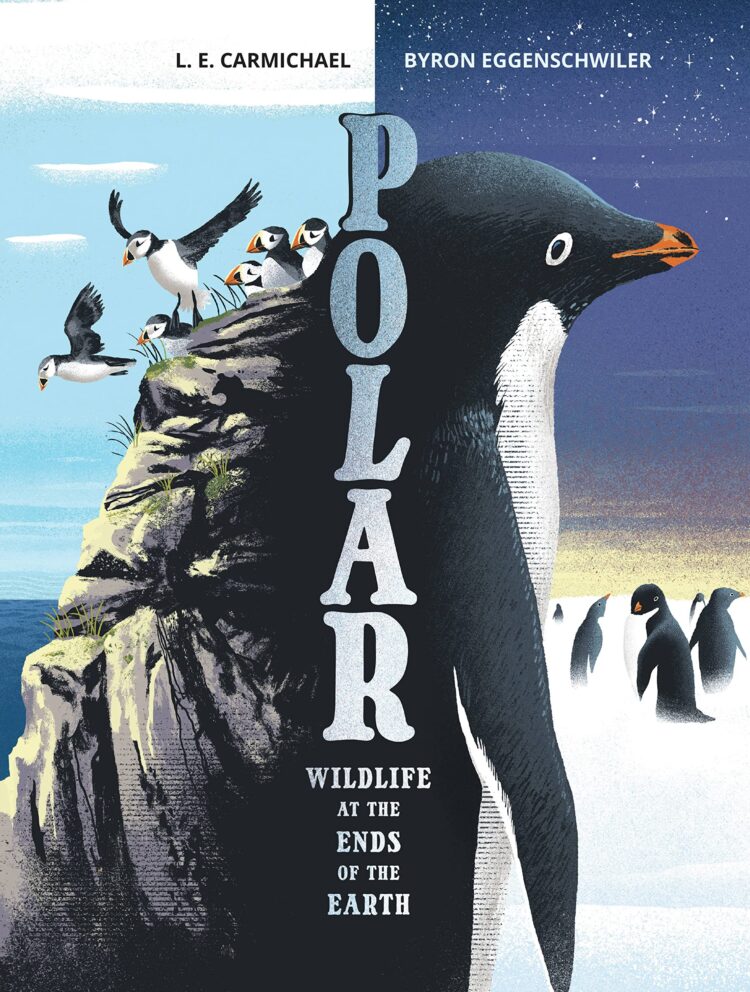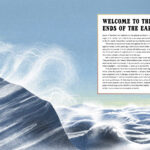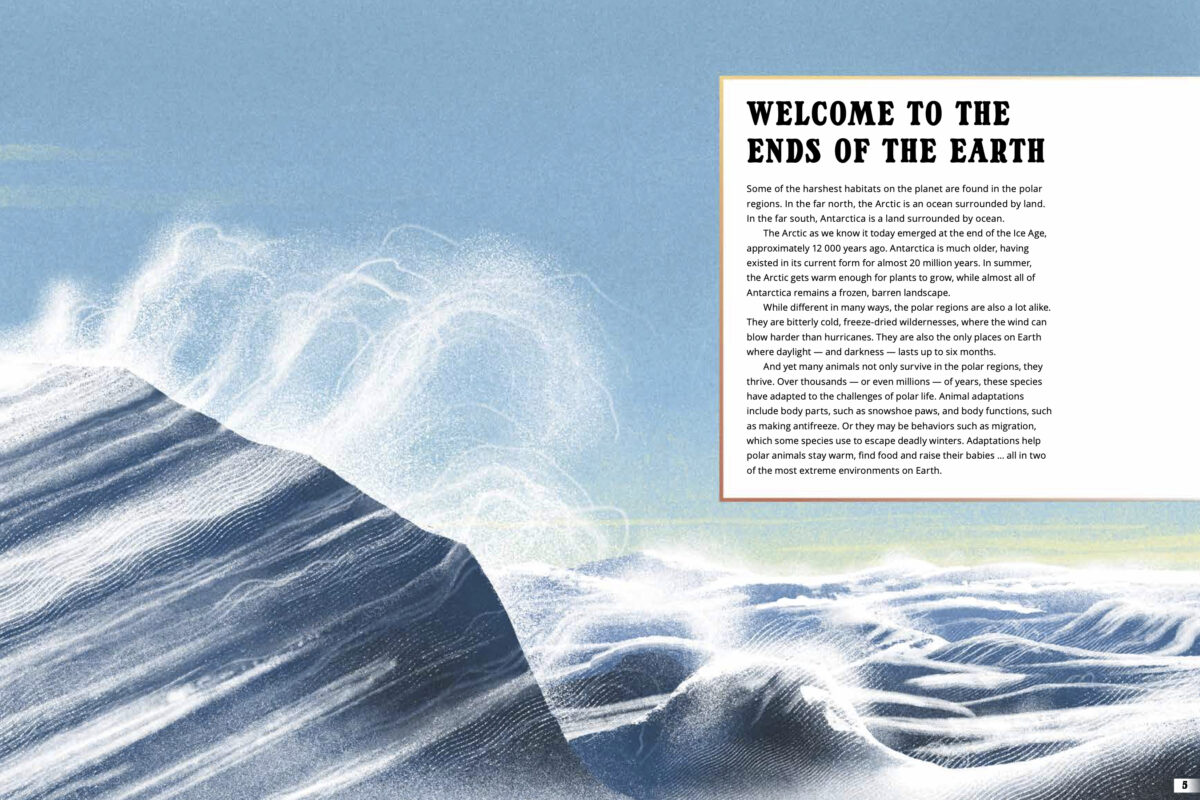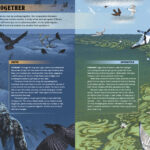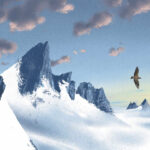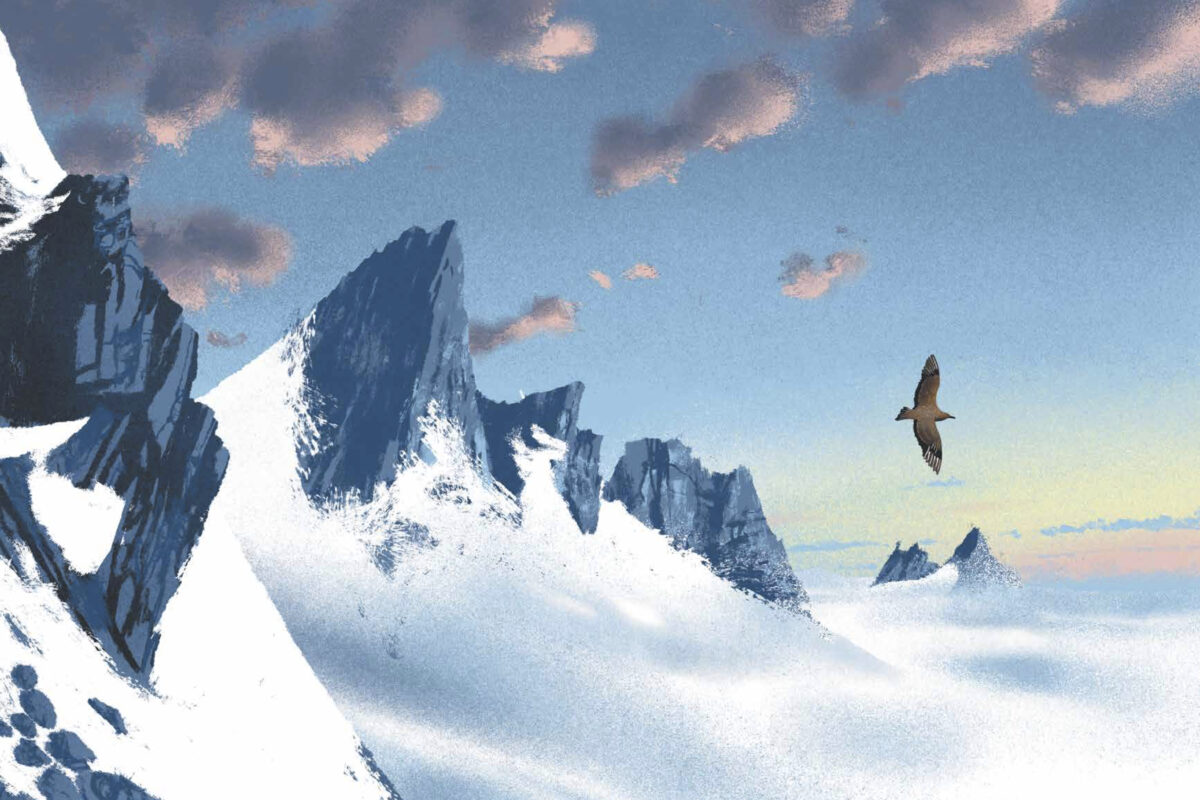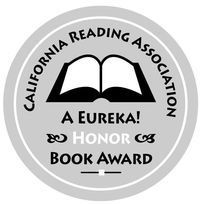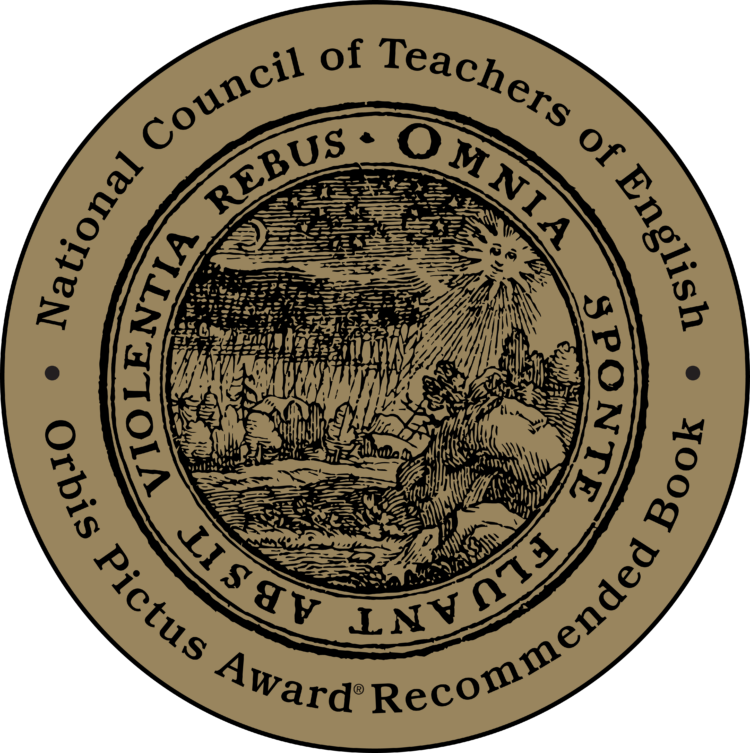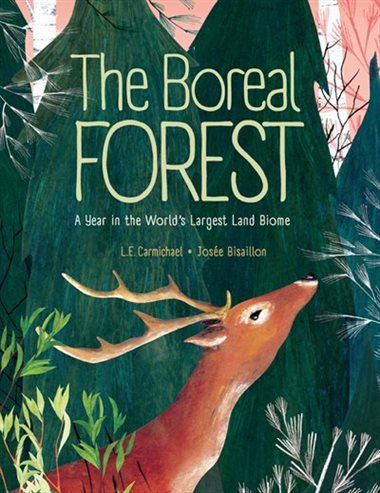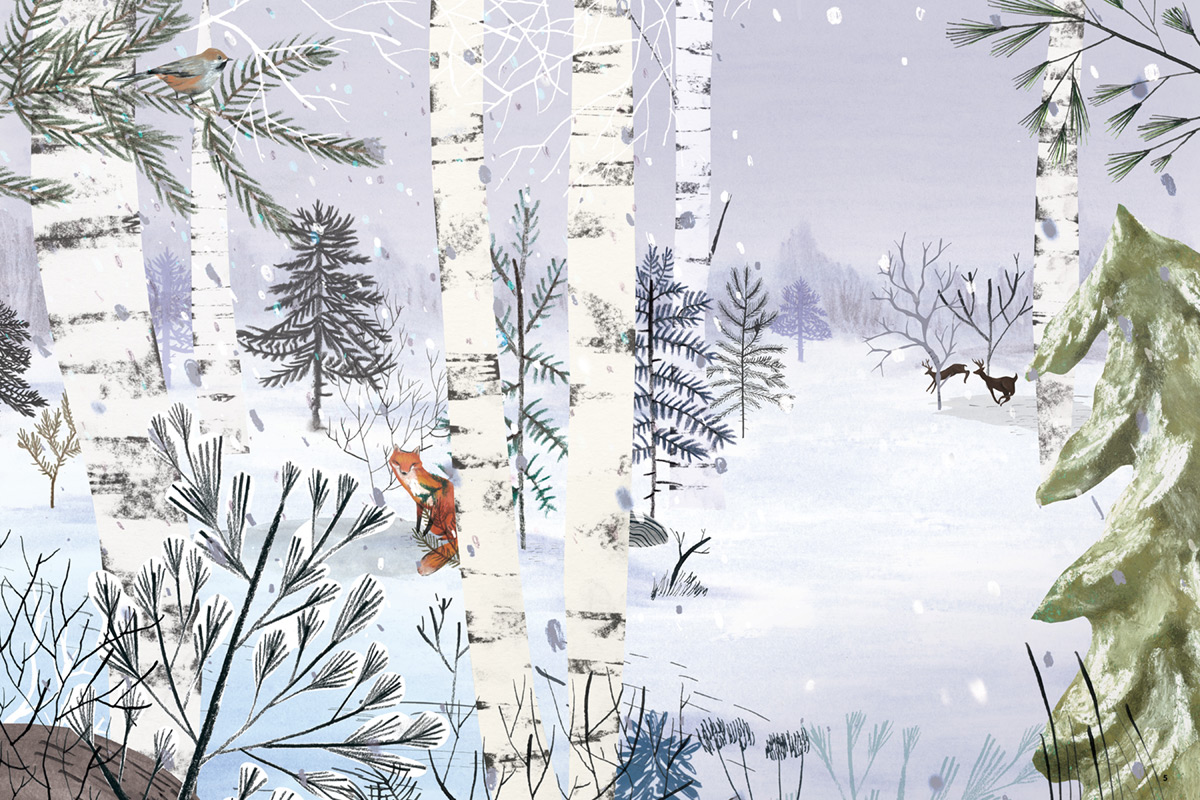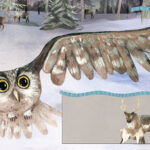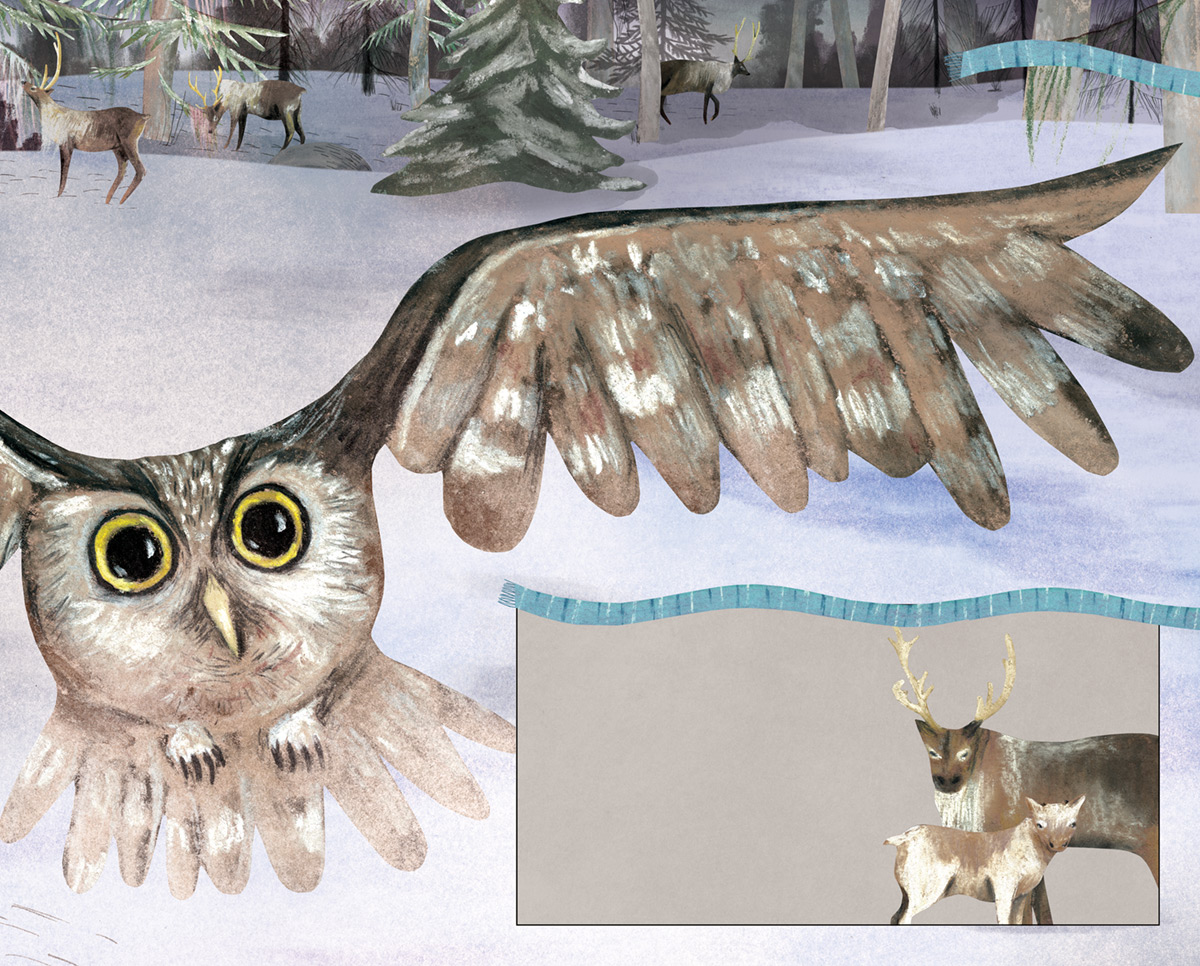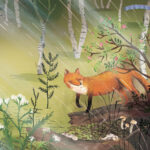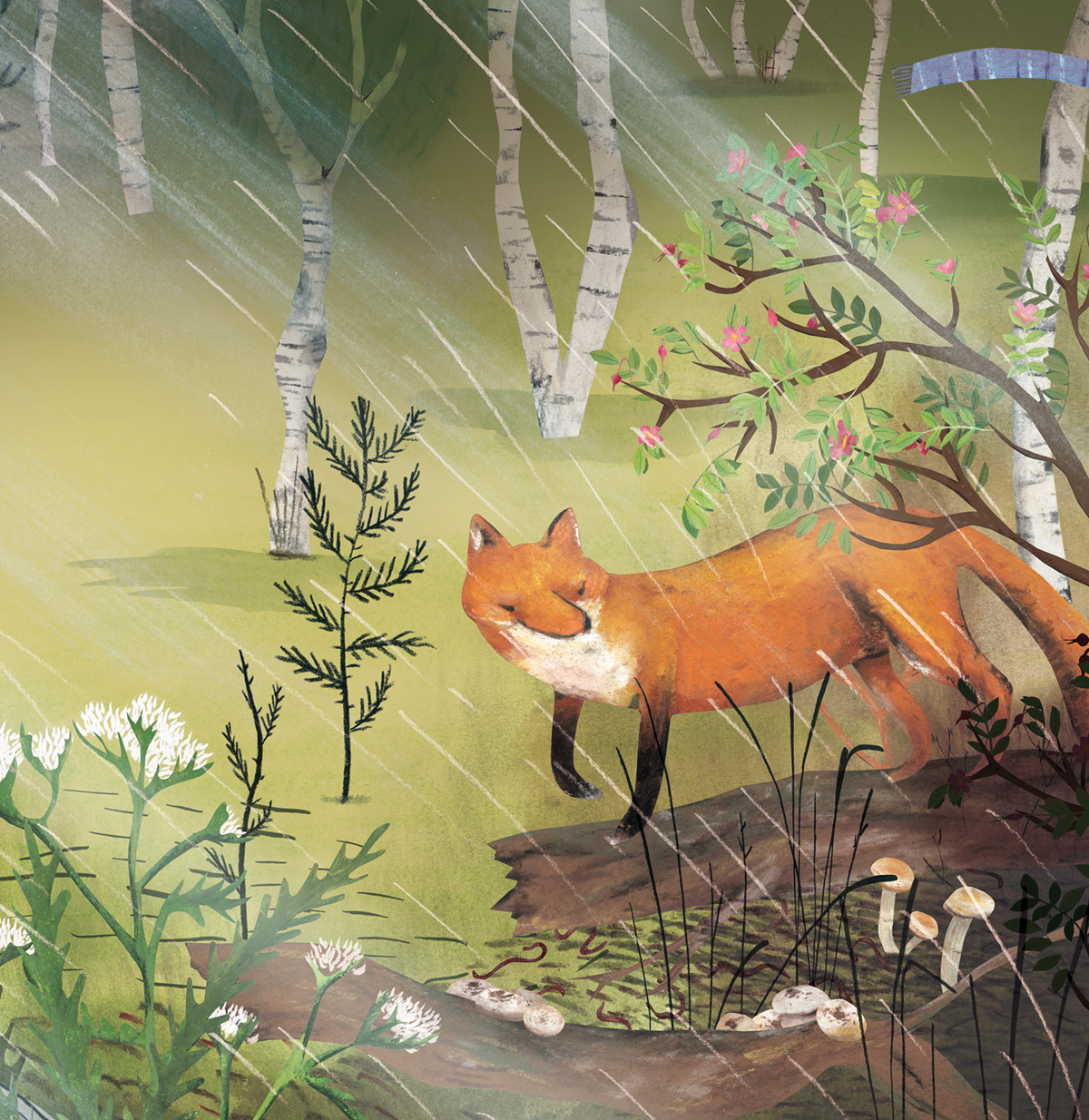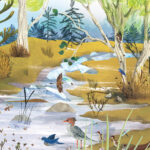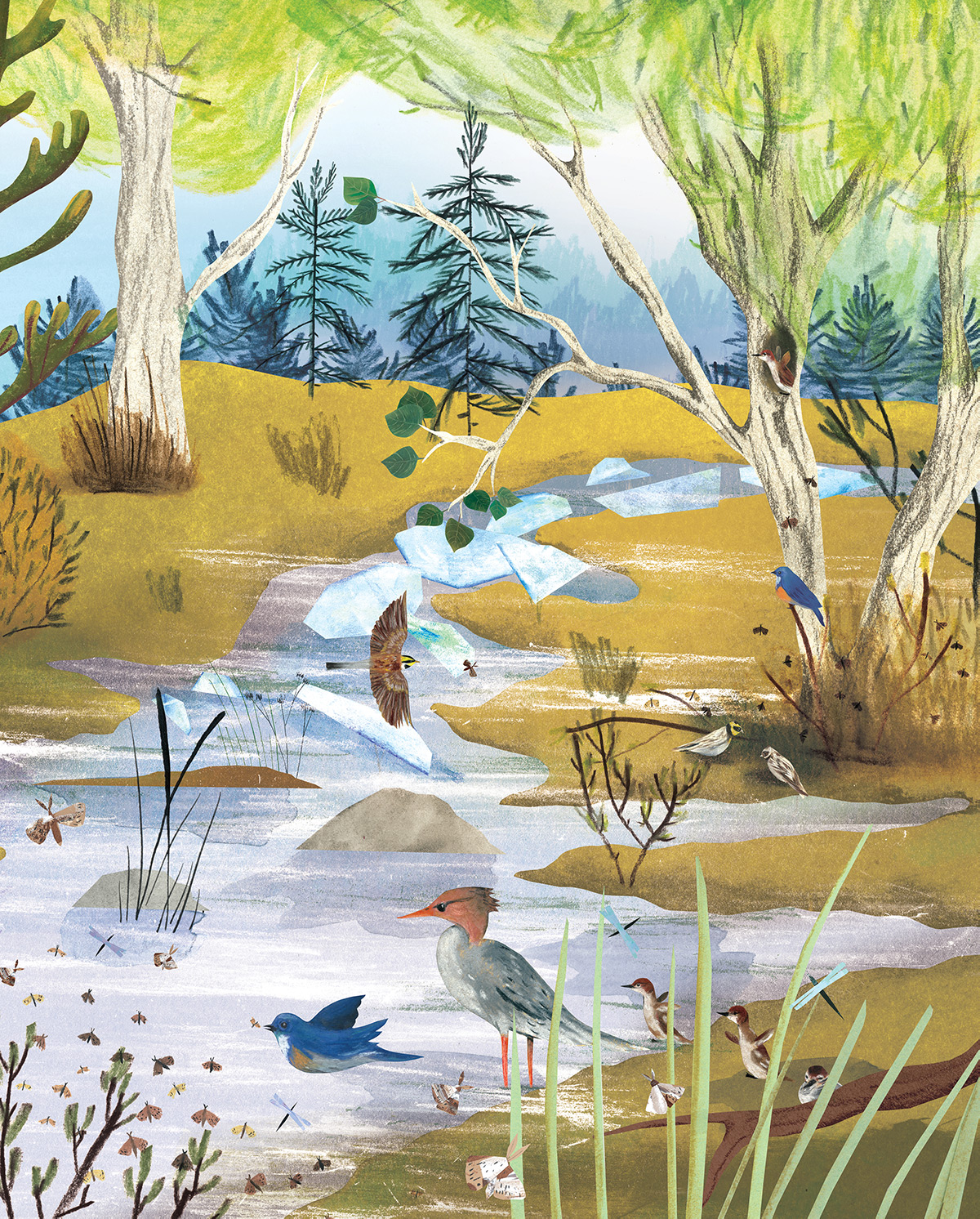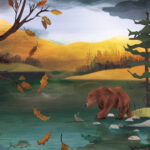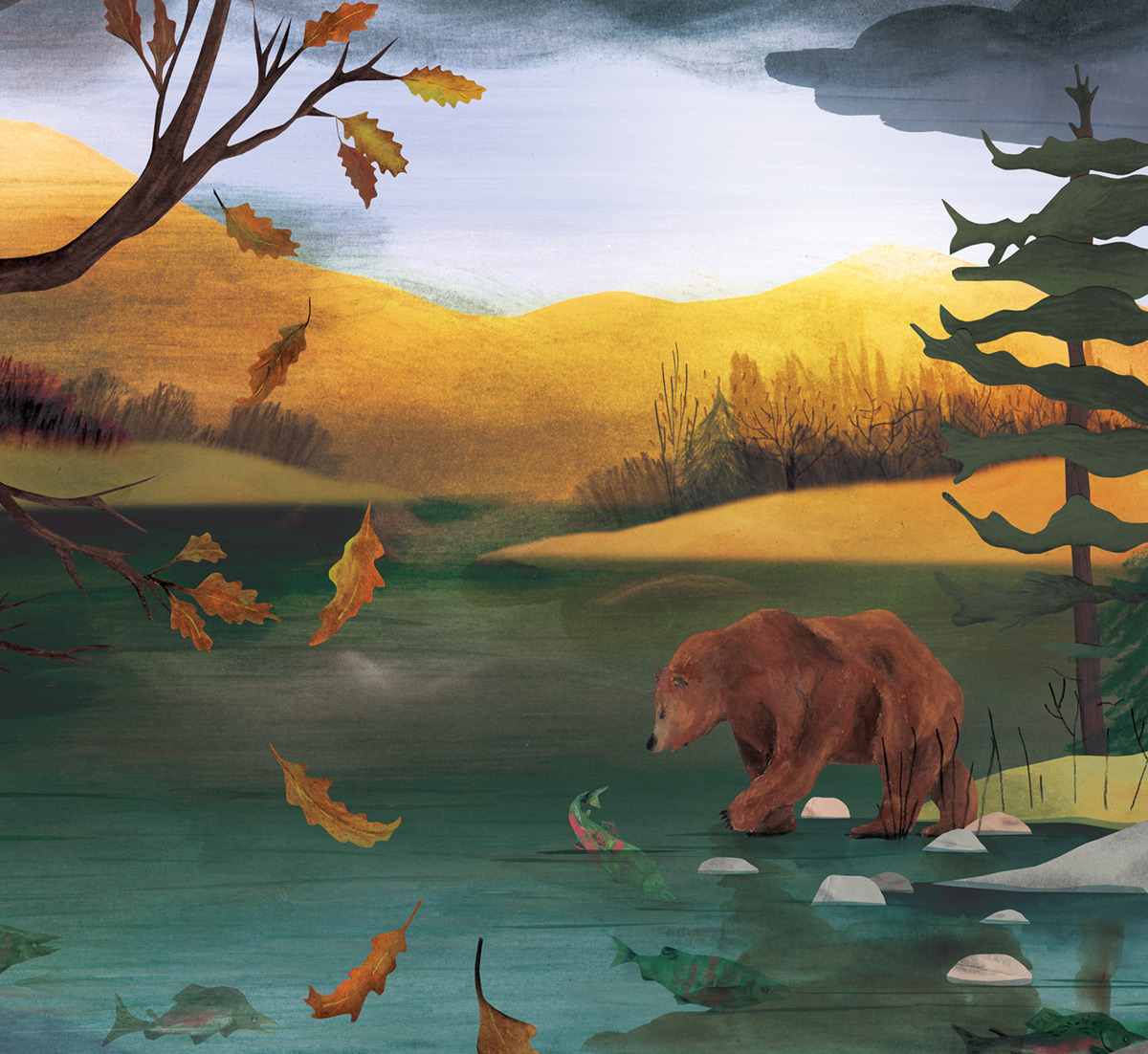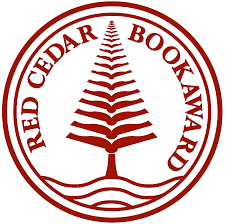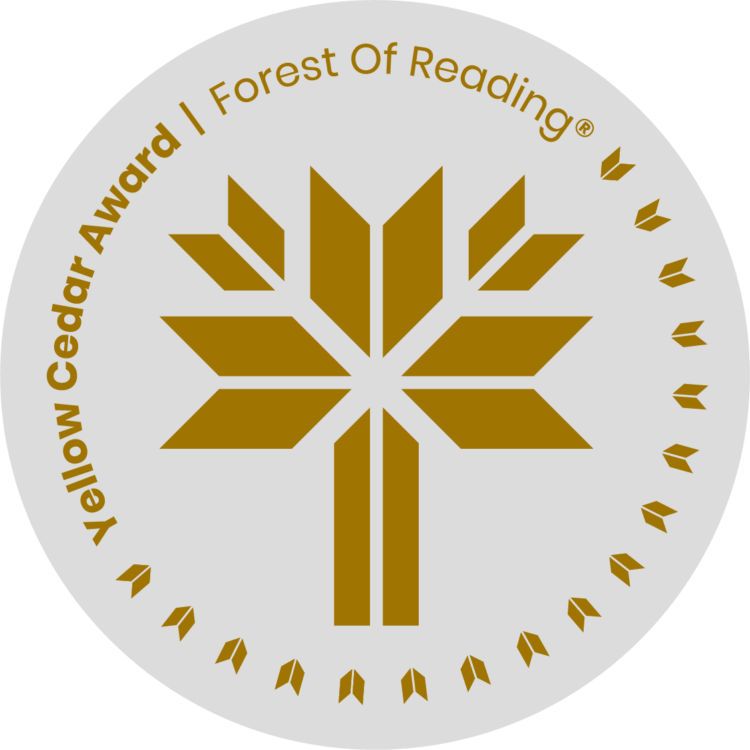Explore Books About environment
Polar: Wildlife at the Ends of the Earth
The Arctic and Antarctica, at opposite ends of the Earth, have much in common: bitter cold, ferocious winds and darkness lasting six months. Despite these harsh conditions, many animals have adapted to stay alive in the polar regions. This evocative and beautifully illustrated book from the award-winning team of author L. E. Carmichael and illustrator Byron Eggenschwiler explores how animals at opposite ends of the Earth survive using similar adaptations. There’s the arctic fox who is protected from the ice by the fur on the soles of her feet, the emperor penguins huddling in groups around their chicks to keep everyone warm, and the narwhal using echolocation to find a crack in the surface ice to breathe. It’s a fascinating journey through a year in the polar regions, where animals don’t just survive – they thrive!
Details
Polar: Wildlife at the Ends of the Earth
From the author of the critically acclaimed The Boreal Forest, a stunning exploration of the animals that have adapted to survive in Earth’s harsh polar regions.
The Arctic and Antarctica, at opposite ends of the Earth, have much in common: bitter cold, ferocious winds and darkness lasting six months. Despite these harsh conditions, many animals have adapted to stay alive in the polar regions. This evocative and beautifully illustrated book from the award-winning team of author L. E. Carmichael and illustrator Byron Eggenschwiler explores how animals at opposite ends of the Earth survive using similar adaptations. There’s the arctic fox who is protected from the ice by the fur on the soles of her feet, the emperor penguins huddling in groups around their chicks to keep everyone warm, and the narwhal using echolocation to find a crack in the surface ice to breathe. It’s a fascinating journey through a year in the polar regions, where animals don’t just survive – they thrive!
Each spread in the book is devoted to a month and includes a themed introduction and two stories on opposites pages, one about an animal in the Arctic and one about an animal in Antarctica. Extra spreads cover topics such as seasons, winter weather and types of ice. The book concludes with a timely description of the disruptions that climate change is causing to the polar regions, and how this will have global consequences. A glossary, further reading, author’s sources, an index and ideas for what children can do to help are included. There are strong life science curriculum applications here in animal habitats and animal adaptation, migration, hibernation and cooperation.
Click here to download the free Teachers’ Guide from Kids Can Press.
Click here for Polar Presents: The Official Activity Guide and Other Free Resources Around the Web
Best Of Lists:
IndigoKids Christmas Gift Guide – 2023
Chicago Public Library – Best Informational Books for Older Readers 2023
Starred Selection in CCBC’s Best Books for Children and Teens (Fall 2023)
Reviews
Where to Buy
The Boreal Forest: A Year in the World’s Largest Land Biome
The vast boreal forest spans a dozen countries in the northern regions like "a scarf around the neck of the world," making it the planet's largest land biome. Besides providing homes for a diversity of species, this spectacular forest is also vitally important to the planet: its trees clean our air, its wetlands clean our water and its existence plays an important role in slowing global climate change. In this beautifully written book, award-winning author L. E. Carmichael explores this special wilderness on a tour of the forest throughout the four seasons, from one country to another. Evocative watercolour and collage artwork by award-winning illustrator Josée Bisaillon provides a rare glimpse of one of the world's most magnificent places.
Details
The Boreal Forest: A Year in the World’s Largest Land Biome
The vast boreal forest spans a dozen countries in the northern regions like “a scarf around the neck of the world,” making it the planet’s largest land biome. Besides providing homes for a diversity of species, this spectacular forest is also vitally important to the planet: its trees clean our air, its wetlands clean our water and its existence plays an important role in slowing global climate change. In this beautifully written book, award-winning author L. E. Carmichael explores this special wilderness on a tour of the forest throughout the four seasons, from one country to another. Evocative watercolour and collage artwork by award-winning illustrator Josée Bisaillon provides a rare glimpse of one of the world’s most magnificent places.
With excellent STEM applications in earth science and life science, this enjoyable book aims to foster environmental awareness of and appreciation for this crucial forest and its interconnections with the entire planet. In a unique approach, the text features a lyrical fictional narrative describing the wildlife in a specific part of the forest, paired with informational sidebars to provide further understanding and context. Also included are a world map of the forest, infographics on the water cycle and the carbon cycle, a glossary, resources for further reading, author’s sources and an index. This book has been reviewed by experts and was written in consultation with Indigenous peoples who live in the boreal forest region.
Click here to download the free Teaching Guide for The Boreal Forest
Click here for The Great Big Boreal Forest Resource List, including a free downloadable activity guide.
Best Of Lists:
Bank Street College of Education – Best Books of the Year 2021, 9-12-years-old
Chicago Public Library – Best Informational Books for Older Readers of 2020
Ontario Library Association – Best Bets of 2020
American Library Association – Top 10 Sustainability-Themed Children’s Books 2021
Reviews
Where to Buy
How Can We Reduce Agricultural Pollution?
Everyone needs to eat, yet farming is a major cause of pollution around the world. But did you know that certain types of farming create less pollution than others? Or that some types of waste can be made into energy? Investigate what we can do to reduce agricultural pollution.
Details
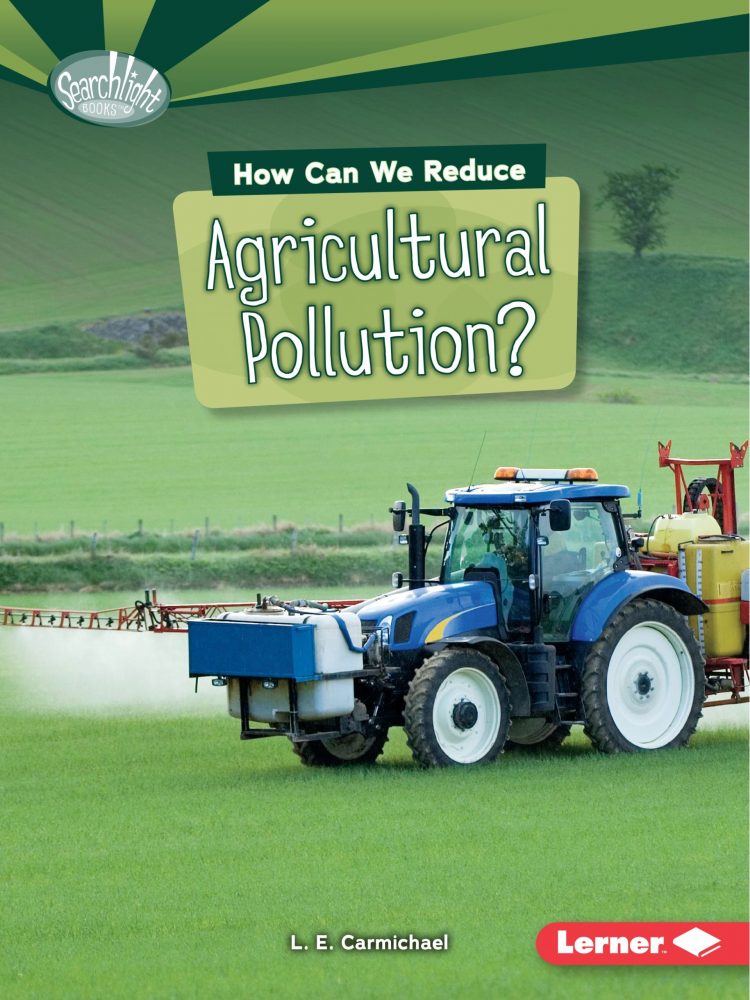
How Can We Reduce Agricultural Pollution?
Everyone needs to eat, yet farming is a major cause of pollution around the world. But did you know that certain types of farming create less pollution than others? Or that some types of waste can be made into energy? Investigate what we can do to reduce agricultural pollution.
